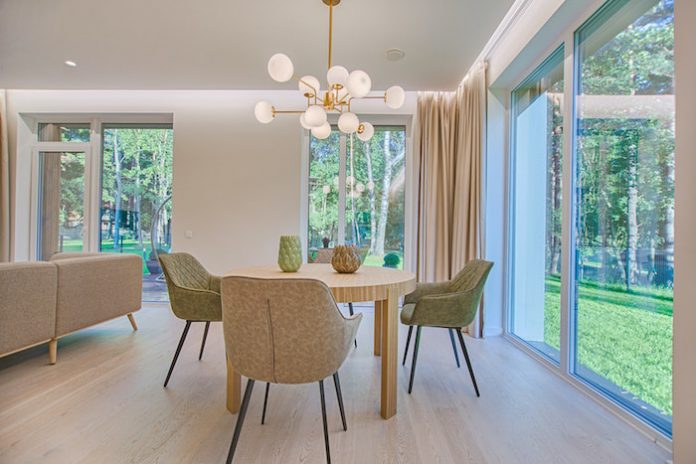As the nation’s interest in real estate continues to grow, fueled particularly by reality TV shows, more and more people are looking to get into the home staging industry.
Home staging is the act of preparing a house for sale, and has been proven to decrease the time to sale, while increasing the average sale price. It’s an attractive industry for many, as the barriers to entry are low, and you don’t need a formal degree from an expensive university to get started.
Here are the 5 steps to becoming a home stager, thanks to Jackie Riley, founder of the Home Staging Institute.
1. Confirm this is your passion
Becoming a home stager takes time and effort. In fact, any foray into a new career does. For this reason, it’s good to spend a little time confirming this is your passion.
Can you spend hours browsing real estate websites, thinking about what you would change on each property? Do you live for renovation and interior decorating shows?
If you tick all these boxes and decide this is a career you want to spend more time pursuing, continue to step two!
2. Develop your eye for real estate
Start thinking in-depth about exactly what you would do in each room you see when browsing homes for sale in your area. How would you declutter and depersonalize them? Is the furniture arranged to maximize the appeal of the space you are in? Is there a color scheme you should be following to make the most of the fixed colors (eg carpet, paint, and wallpaper).
After developing your eye over a few weeks, you should be able to walk into a room and quickly identify what you would do. This will build your confidence for when you have paying clients and are doing tours of their homes for sale.
3. Take an online home staging course
You can get a home staging certification in as little as 4 weeks, through a part-time online course. Such courses will provide all the knowledge, tools, and resources you need to become a successful home stager.
Getting a home staging certification has two key benefits.
First, many people are nervous when staging their first client’s house. Upon completion of a course, you will be armed with the knowledge and confidence to charge for your services, and you’ll be able to confidently answer any questions the client may throw at you.
Second, being able to prove that a third-party has provided you with training, checked your work, and awarded you with a certificate can do wonders for your marketing. Certifications typically come with badges that you can display proudly on your website, business cards, or within your home office.
4. Build your website & portfolio
Home staging companies typically don’t have a storefront that can be visited, so you should consider your website your storefront. When people search for home stagers on Google, you want to make a good first impression.
For a visual industry such as home staging, a good first impression means a good portfolio of work you can showcase. For many home stagers, their portfolio page is the most visited page on their website, so it pays to put some time and effort into it.
If you are just getting into home staging, consider staging your own home and using these photos in your portfolio. It doesn’t matter if it is your own house; it is your staging skills people will be looking at!
5. Begin your marketing
Since your website is the front door of your business, your main marketing channels will be digital.
This means you’ll need knowledge of social media marketing (Facebook and Instagram in particular), paid search, and SEO.
It also pays to put effort into networking through Linkedin and local events. A lot of your business can come through relationships with local realtors looking to get the best price for their clients’ homes, so a Linkedin Company Profile with regular updates will keep your services in front of your connections.
Find a Home-Based Business to Start-Up >>> Hundreds of Business Listings.

















































